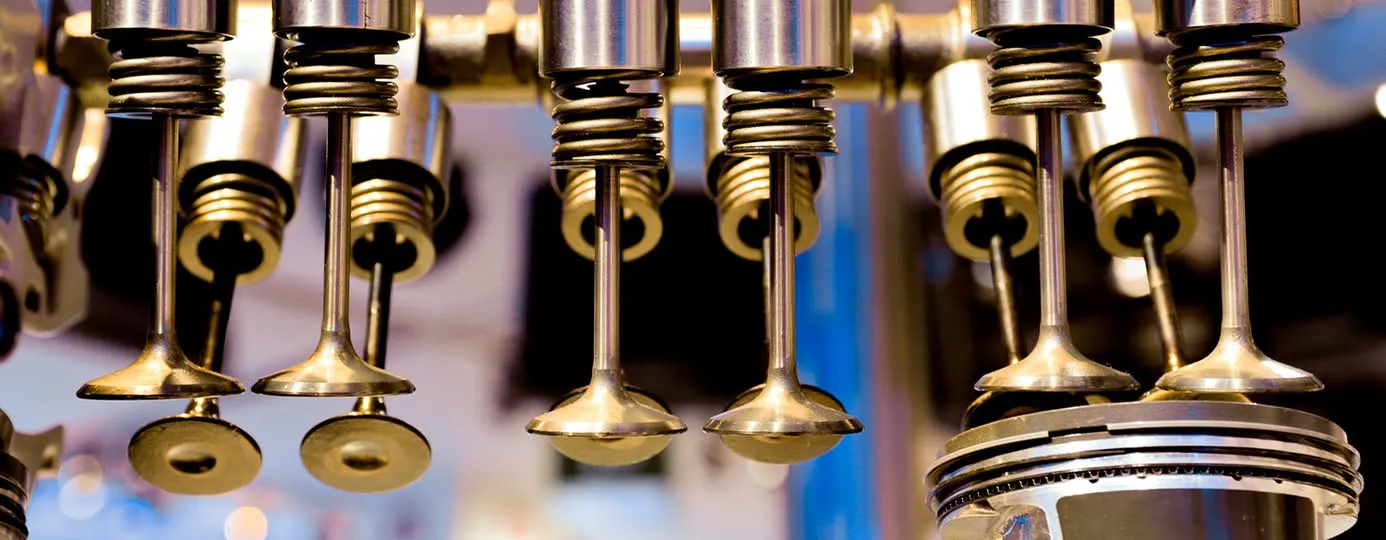

Certainly, but for what? Well, quite simply to increase the volume of gas sucked in during intake, i.e. when the piston goes down into the cylinder and sucks in the gas mixture (and the same for the exhaust when the piston is raised to remove the burnt gases). Indeed, for a cylinder diameter (bore) of 81 mm for example, you can accommodate 2 valves of 40 and 33.1 mm (Golf 2 GTi 1.8 l) or 4 valves of 32.7 and 28.7 mm (Golf 2 GTi 1.8 16S) in the cylinder head, for example, 2 GTi 1.8 16S valves, i.e. intake + exhaust opening areas of 21.16 cm2 and 29.71 cm2 respectively. The 4 small valves open a larger passage for the gases which results in an increase in the power delivered by the engine.
The safety of your exceptional car is one of the foundations of Carsup. Our concierge services have been designed to offer a very high level of protection. Multiple cameras, controlled accesses, name badges, secure gates, and the regular presence of our Area Managers: these are all elements that guarantee total peace of mind when your car is stored. But because the trust you place in us does not exclude more control, we are now deploying a complementary security system: Guardian Tracker.
Does destiny exist? A vast, almost philosophical question that engineers and Maserati enthusiasts would unhesitatingly answer in the affirmative. Founded in 1914 in Bologna by the Maserati family, the brand went from a simple mechanical workshop working on Isotta-Fraschini to a real competition department in a few years. In 1926, the Type 26 was born, the first homemade creation and the first to feature the Trident inspired by the Neptune Fountain in Bologna.
There is always that little hesitation when preparing for a trip. The desire to take your exceptional car, to enjoy every kilometer, to make the road an integral part of the experience... and, at the same time, the constraints. The logistics, the risks, the uncertainty of arriving serene. Too often, we give up, leaving our car where it is, sheltered but immobile. This is exactly where Carsup is changing the situation. Travelling in your car should never be a cause for concern, but a simple and smooth pleasure.
Didn't find the answer you were looking for?
Contact us, and an expert will respond promptly.